Beauty News, Wilma
Treat your gums right: Exercise matters! (Yes, really!)
While diet and hygiene form the basis for optimal oral health, there are additional factors that contribute as well – factors that are often overlooked. Take exercise for example.
A recent study published in the journal of clinical Periodontology provides fresh evidence on the impact of consistent physical activity on oral health. In this study, researches examined the effects of exercise on inflammation and behavior in the context of gum disease. This progressive infection begins with inflammation, leading to red, tender and swolle gums that may bleed during brushing and flossing.

Toot loss is the ultimate result of periodontal disease.
One factor that makes it particularly insidious is that it develops in difficult-to-clean areas of the mouth. It forms beneath the gumline, in the sulci – the ”pockets” between teeth and gums. these pockets provide ideal environments for harmful bacteria: dark, moist, secluded and low in oxygen. Oral pathogens tend to be anaerobic, meaning they thrive in low-oxygen conditions.
A significant percentage of Americans – up to 75% – experience some form of gum disease. Fortunately, in its early staes, it is reversible and largely preventable.
Returning to the rat-study: The researches divided the rats into groups based on the presence or absence of gum disease and whether or not they engaged in exercise. At the end of the study, the rats that had participatedin physical training exhibited less bone and attachment loss, as well as reduced inflammation. In essence the gums of the rats that exercised regularly were healthier than those that did not. Previous studies have also established a connection between physical activity and periodental health. For example, one 2005 study recognized exercise as one of the three ”health-enhancing behaviours” that reduced the risk of periodontitis, alongside maintaining a normal weight and consuming a high quality diet.
Individuals who practiced all three behaviors were 40% less likely to have periodontitis compared to those who did not engage in any of these health-enhancing behaviors. For others, each additional health-enhancing behavior was associated wtih a ”16% Reduction” in the prevalenceof periodontitis.
As we mentioned earlier, diet and hygiene form the foundation for good oral health, but other factors also play a role—factors that are often overlooked, such as exercise.
A recent study in the Journal of Clinical Periodontology provides new evidence on the impact of regular physical activity on oral health. In this study, researchers used rats to examine the effects of exercise on inflammation and behavior in the presence of gum disease. This progressive infection begins with inflammation, leading to red, tender, and swollen gums that may bleed during brushing and flossing.
If left untreated, gingivitis advances to a more serious infection called periodontitis. This stage damages the bone supporting your teeth, causing them to loosen. Dentists may recommend tooth extraction to prevent them from falling out on their own due to the lack of support. Tooth loss is the ultimate result of periodontal disease.
One factor that makes gum disease particularly insidious is that it develops in difficult-to-clean areas of the mouth, such as the sulci—”pockets” between teeth and gums. These pockets provide ideal environments for harmful bacteria: dark, moist, secluded, and low in oxygen. Oral pathogens tend to be anaerobic, thriving in low-oxygen conditions, which is why ozone is an effective disinfectant—it inundates bacteria with the oxygen they cannot tolerate.
In nother study y by the same lead author, utilizing the same NHANES-III data, a lower prevalence of severe gum disease was observed. The focus of this study was on adult participants who had undergone a periodontal examination and reported consistent physical activity or inactivity for at least 10 years.
These results indicate that engaging in the recommended level of exercise is linked to a lower prevalence of periodontitis, particularly among never and former smokers. In fact, among former smokers, the disease rates were 74% lower for those who were physically active. For never-smokers, the decrease was approximately 54%.
A subsequent study involving 1,160 Japanese adults found that gum disease was least likely among the most physically fit individuals and those who were the least obese.
This study implies that obesity and physical fitness may have a combined effect on periodontal health status.
It is unsurprising that obesity plays a role in periodontal health, as pero problems are more common among obese and diabetic individuals. Notably, gum disease, like obesity and diabetes, is characterized by chronic inflammation – a trait shared by other chronic diseases linked to gum health, including heart disease, Alzheimer’s, rheumatoid arthritis, and cancer.
Exercise has also been demonstrated to reduce the risk of these conditions.


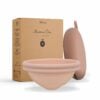



















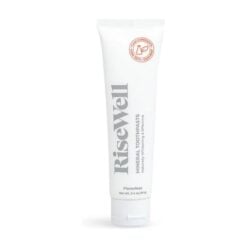

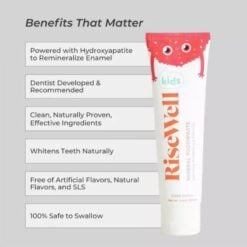
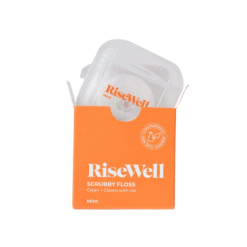

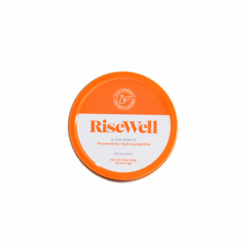
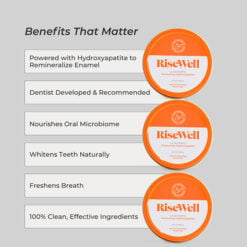
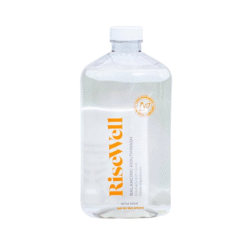

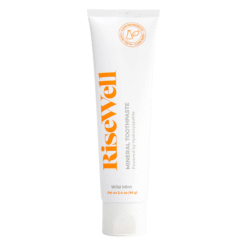






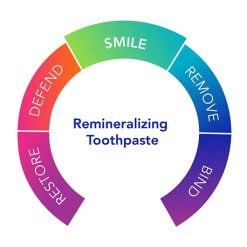
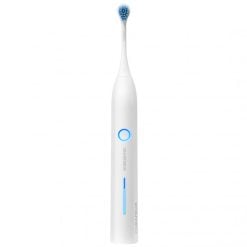





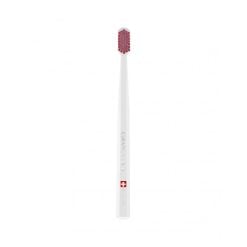

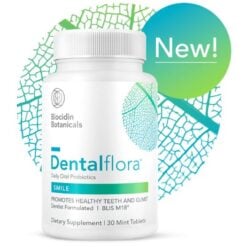
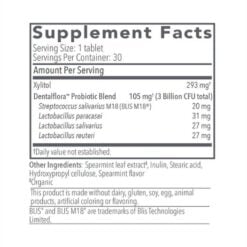



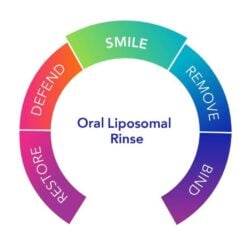






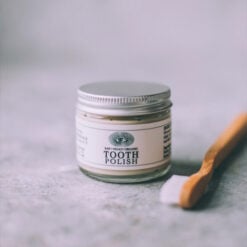





 Beauty Products
Beauty Products By Skintype
By Skintype Brands A-Z
Brands A-Z Wellness
Wellness Health / Nutrition
Health / Nutrition